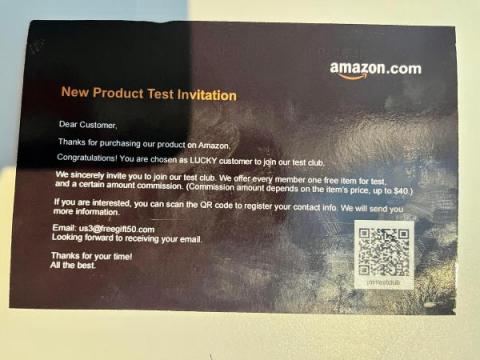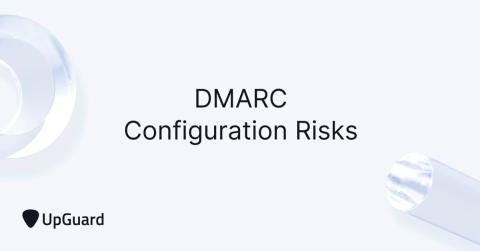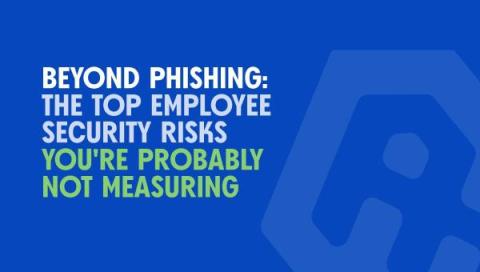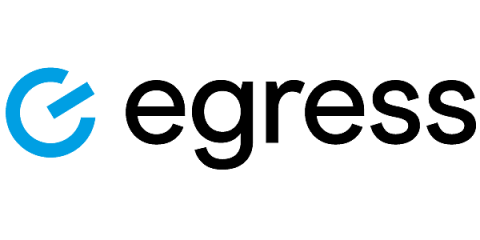PDFs: Friend or Phishing Foe? Don't Get Caught by the Latest Scam Tactic
Researchers at McAfee warn that attackers are increasingly utilizing PDF attachments in email phishing campaigns. “Over the last four months, McAfee Labs has observed a rising trend in the utilization of PDF documents for conducting a succession of phishing campaigns,” the researchers write. “These PDFs were delivered as email attachments. Attackers favor using PDFs for phishing due to the file format’s widespread trustworthiness.".








